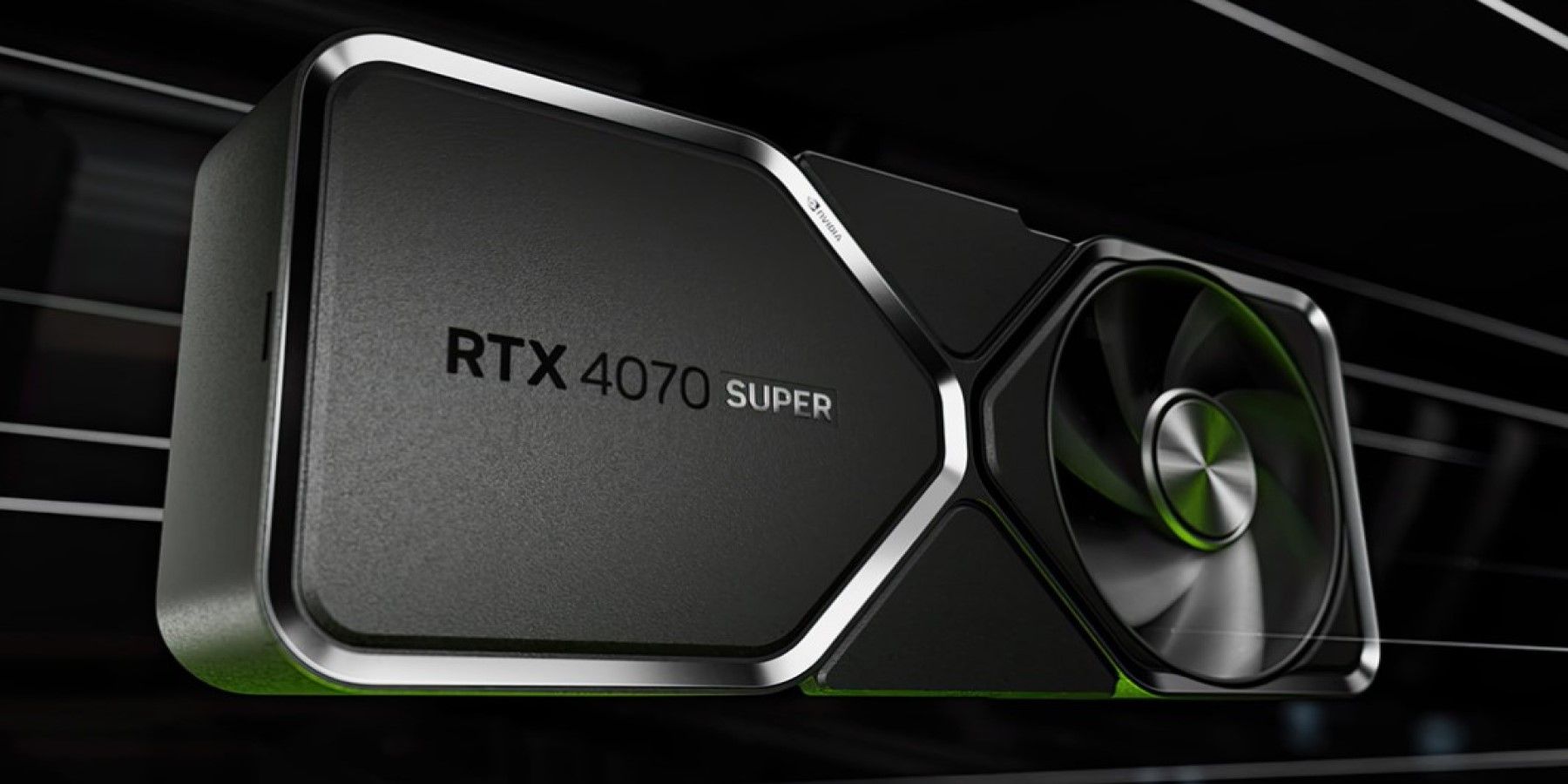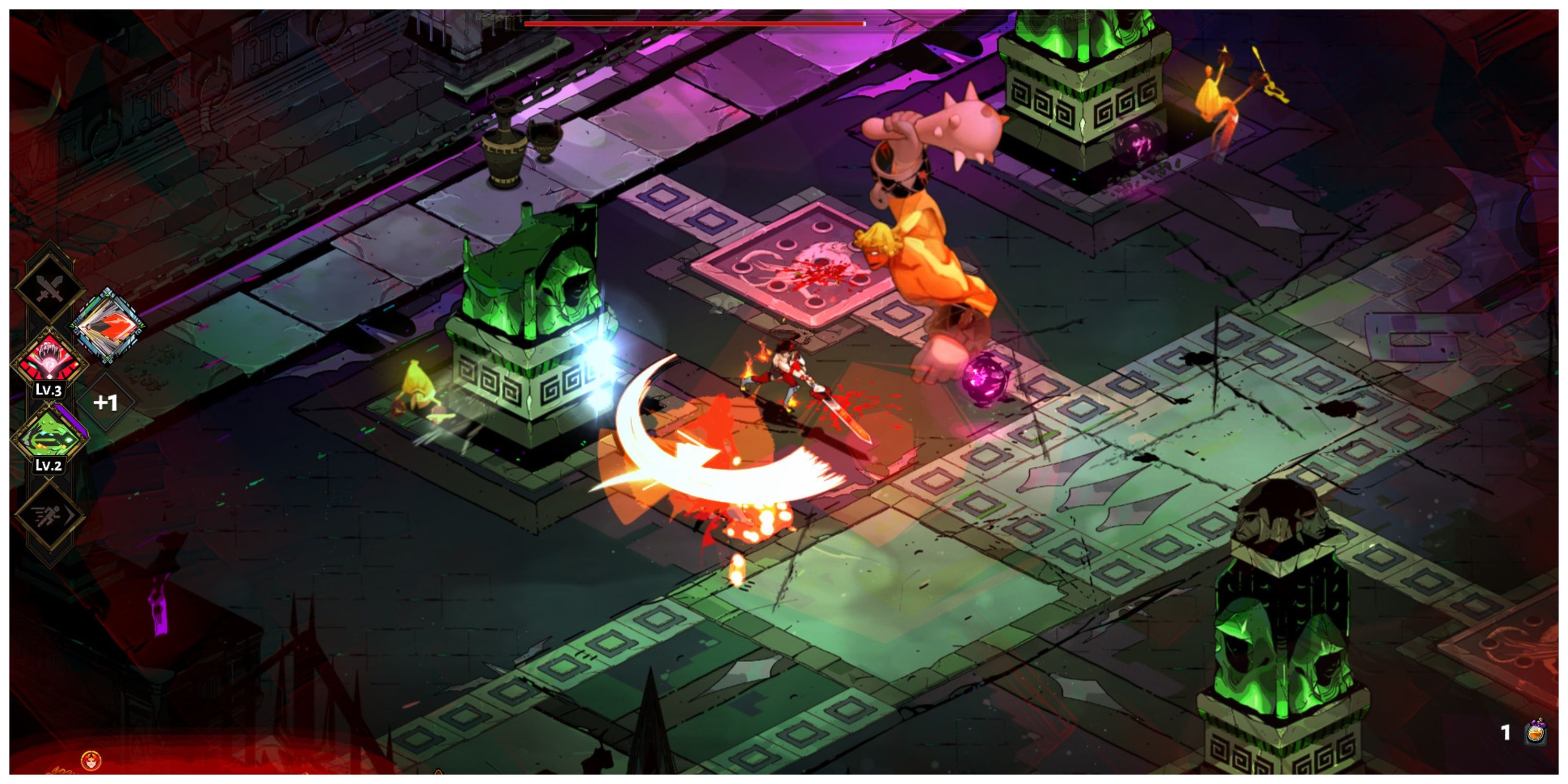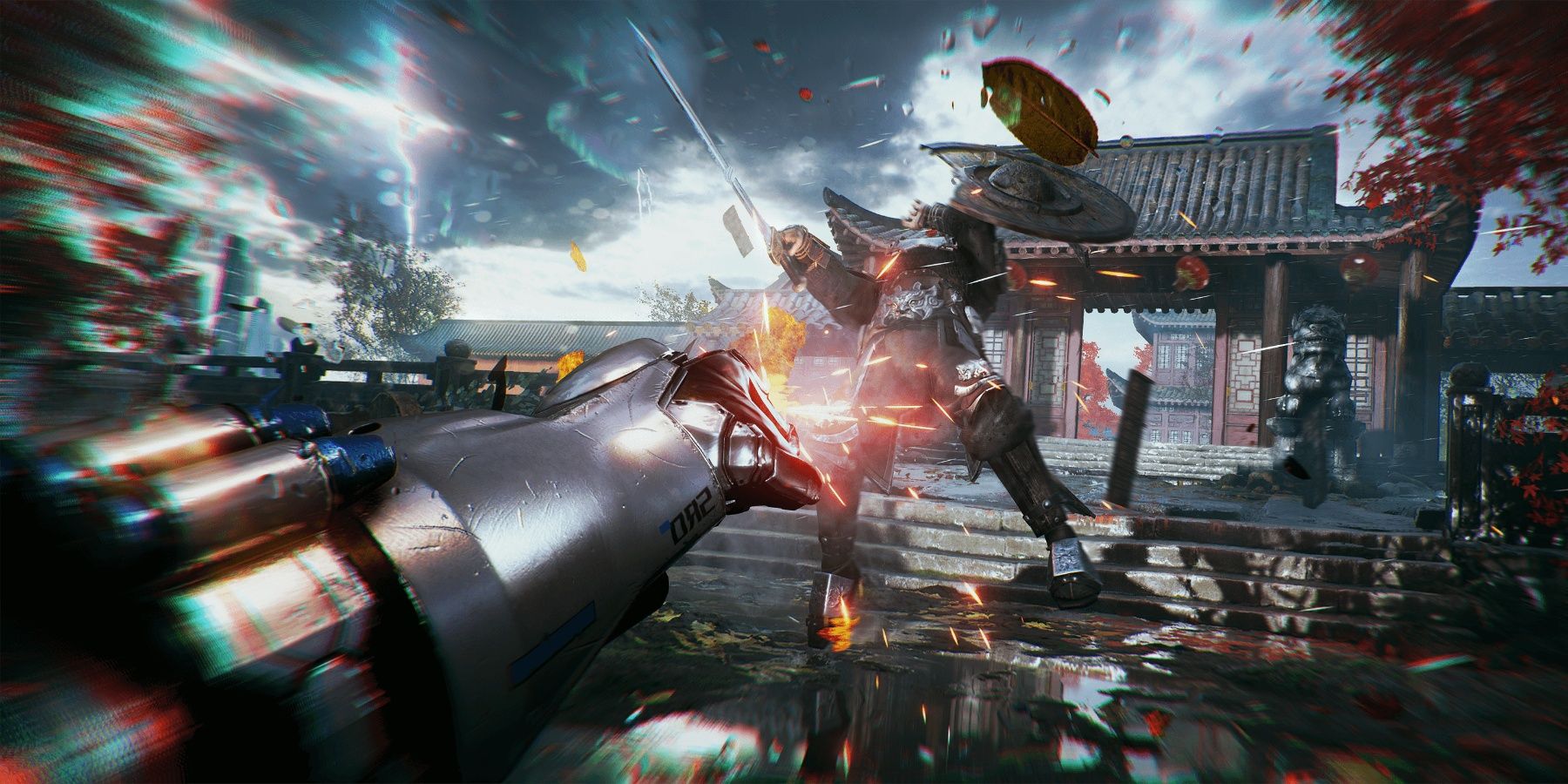-
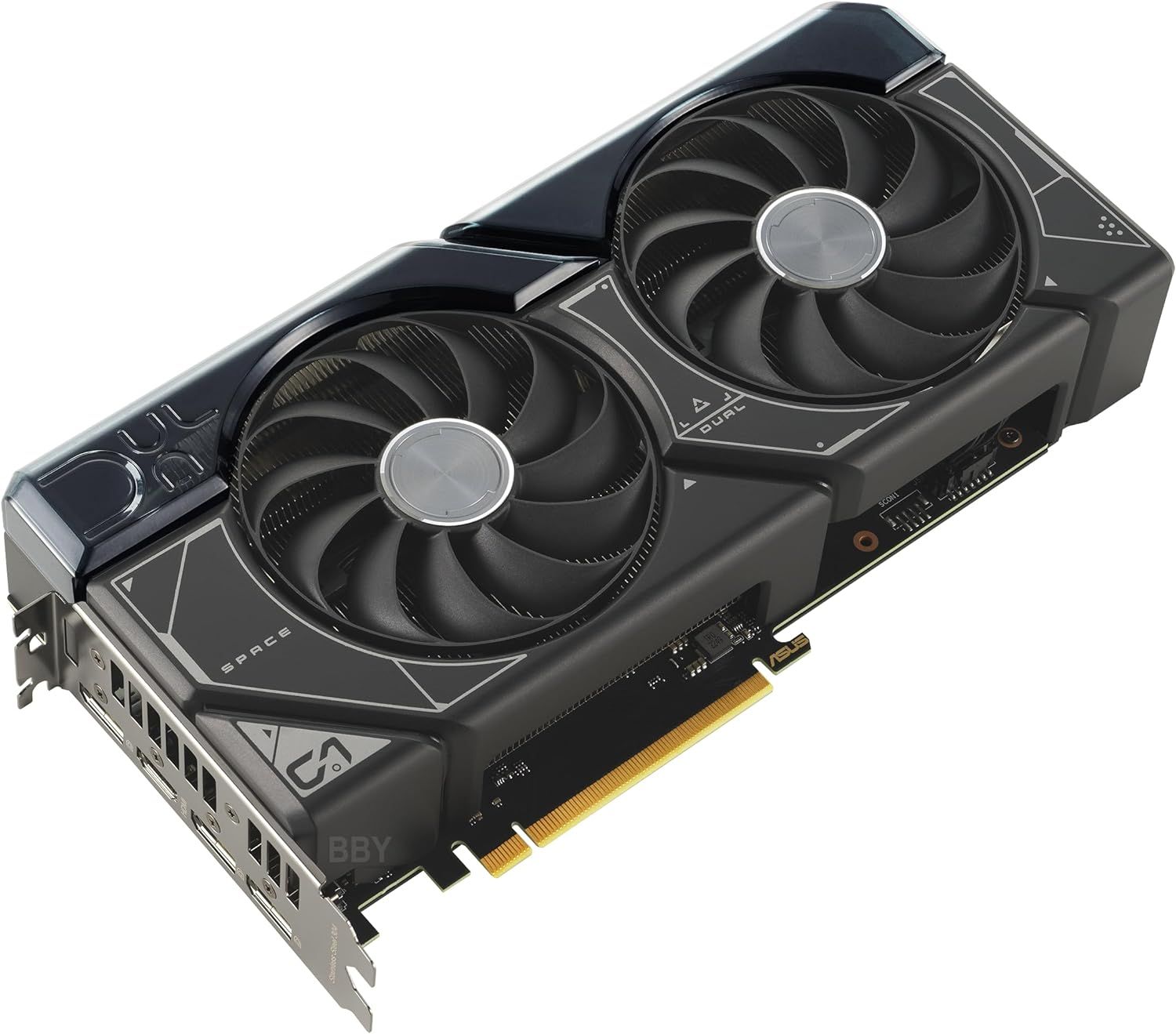
ASUS Dual GeForce RTX 4070 Super OC
Nvidia's RTX 4070 Super replaces the original 4070 for must $50 more while offering about 20% higher performance. It's a tough competitor to high-end AMD RDNA 3 GPUs and is significantly more power-efficient.
Pros- Significantly faster at Ray Tracing
- 30% more power efficient than RX 7900 GRE
- Matured upscaling technique
Cons- Costlier than RX 7900 GRE
- Slightly inferior performance at 4K resolution
- 12GB VRAM isn't very future-proof
-
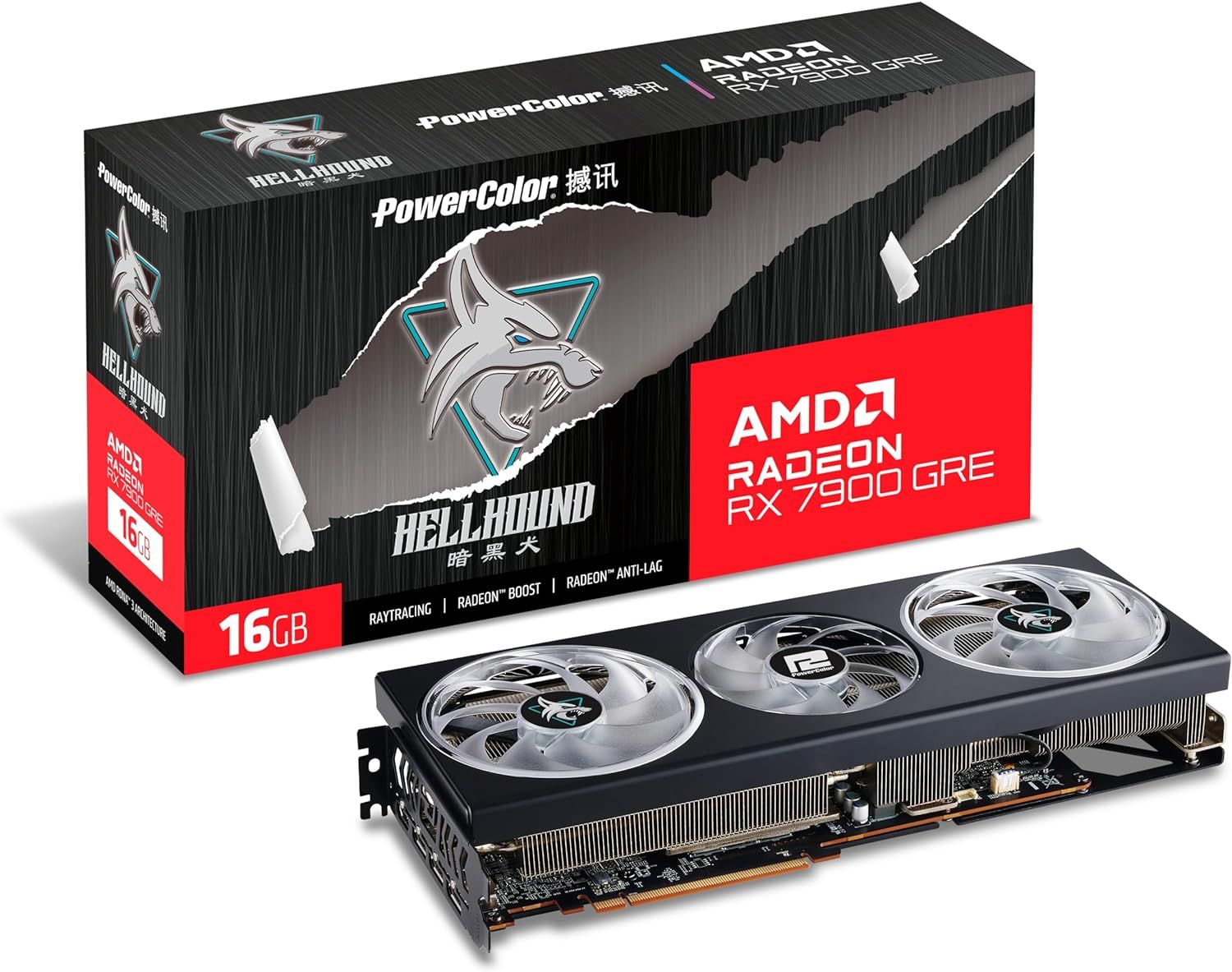
PowerColor Hellhound AMD Radeon RX 7900 GRE
AMD's Radeon RX 7900 GRE is one of the greatest upper mid-range GPUs, challenging Nvidia's RTX 4070 series GPUs for a lower price. Using the cut-down high-end Navi chip from the RX 7900 XTX, the 7900 GRE is an excellent card for 1440p gaming and has more than sufficient VRAM for modern titles.
Pros- Slightly better at Raster performance
- $50 cheaper than RTX 4070 Super
- More VRAM for future-proofing
Cons- Higher power consumption than RTX 4070 Super
- Noticeably lower Ray Tracing performance
Short of fairly-priced, mid-range GPUs, the launch of the RTX 4070 received heavy criticism, to the point that it couldn't outsell the higher-end Ada GPUs. But despite all that, there seemed to be no other GPU that could offer competitive performance for $500-600, making the RTX 4070 a top-selling GPU. It remained the most popular graphics card for a while, until the market saw the entry of more mid-range GPUs from team Red, specifically the Radeon RX 7800 XT.

The Best Graphics Cards for Gaming in 2024
NVIDIA, AMD, and Intel now have graphics cards on the market, but which is the best? Let's benchmark and compare their offerings.
The RTX 4070 still won the market share by a huge margin, but with the arrival of its 'Super' edition, the 4070 Super became the new king of upper mid-range GPUs for a price of $600. Just a month after the launch of the RTX 4070 Super in January 2024, AMD finally decided to bring its OEM-edition, the RX 7900 GRE, to the mainstream GPU market. This once again led to fierce competition between the two, as both now have a similar price point and offer the best gaming performance in the mid-range sector.
The confusion between choosing the RTX 4070 Super and the RX 7900 GRE, however, still exists to the extent that many users don't realize the benefits or drawbacks of getting one over the other. While it'd be mostly fine to choose one of them blindfolded, the choice may hurt you in the long run if you don't understand the advantages and limitations of each card. This guide is the ultimate detailed comparison between the two, analyzing the RTX 4070 Super vs the RX 7900 GRE in several areas, including specs, performance, power consumption, and pricing, followed by our verdict.
Specifications: RTX 4070 Super vs RX 7900 GRE
Before delving into the performance and other stuff, it's important to distinguish between the two in terms of specifications. It should be noted that both GPUs belong to completely different family trees and there can't be a direct comparison between their specifications, except that we can make some theoretical conclusions from what appears to be similar.
Nvidia Geforce RTX 4070 Super
The Geforce RTX 4070 Super does not use a new die from scratch, but rather utilizes the same RTX 4070 Ti AD104 die used on the regular RTX 4070. However, it's not as significantly cut as the 4070, enabling 7168 Cuda Cores. The die size remains the same in both cases, and is significantly smaller than found on high-end AMD GPUs. The FE board is a little bigger than the RTX 4070 FE, but overall the GPU retains its dual-slot design.
The RTX 4070 is based on the Ada-Lovelace architecture and uses TSMC's 5nm process node. The memory configuration of the RTX 4070 Super is identical to the 4070, featuring 12GB of GDDR6X VRAM on a 192-bit bus, providing a total memory bandwidth of 504.2GB/s. The Tensor and RT cores, however, are more than what is found on the 4070, which results in a noticeable performance increase in both Rasterization and Ray Tracing Performance.
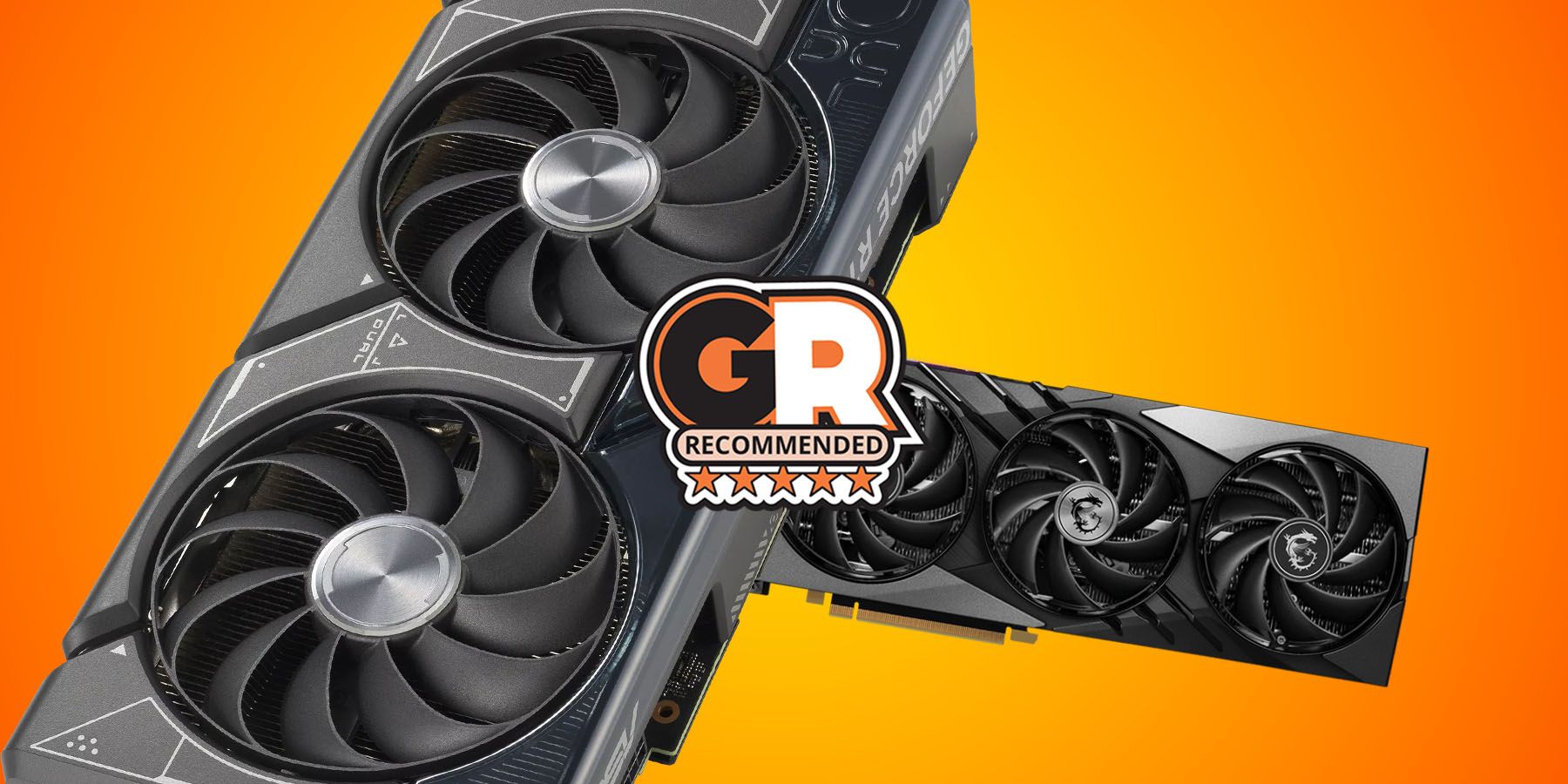
The Best RTX 4070 SUPER GPUs To Get In 2024
The Nvidia RTX 4070 SUPER is an excellent GPU that takes over the RTX 4070's slot as Nvidia's mid-range option with many SKUs available for gamers.
All of this at just a slight TDP increase of 20W, and the RTX 4070 Super remains an incredibly power-efficient GPU with a default TDP of 220W. Of course, the number won't be exact in real-life testing, but this is what you should expect in ideal conditions, considering the GPU reaches 100% usage without overclocking. The RTX 4070 Super uses a single 12-pin 12VHPWR connection for its power requirements and has a PCI-E 4.0 interface.
AMD Radeon RX 7900 GRE
Moving on to the Team Red, the Radeon RX 7900 GRE was initially launched in July 2023 as an OEM-exclusive for pre-built gaming systems, but was later launched for the mainstream market in Feb this year. The RX 7900 GRE is a part of the higher-end RX 7900 family, using the RX 7900 XTX's Navi 31 cut-down die and TSMC's 5nm process node for its GCD. However, the specs of the 7900 GRE are pretty close to the RX 7900 XT, delivering just 256 fewer Stream Processors, which is about a 5% difference.
The RX 7900 GRE's Navi 31 XT die is about 80% bigger in surface area compared to the RTX 4070 Super's Ada104. The reference designs, however, don't differ too much in terms of size, as the PCB of graphics cards is quite complex and both are far apart in their design. Just like the 4070 Super, the reference 7900 GRE is also a dual-slot card, but comes with a triple-fan design rather than the dual-fan design of the 4070 Super.
Unlike Nvidia GPUs Cuda Cores, we have Stream Processors for the AMD cards and, while they essentially do the same job differently, there cannot be a direct comparison between the two. Therefore, the 5120 SPs of RX 7900 GRE do not equal to 40% less performance, as it may appear from the specifications. Similarly, the difference in the RT cores and Tensor core and Compute units does not mean anything until the cards are put to real-world tests.
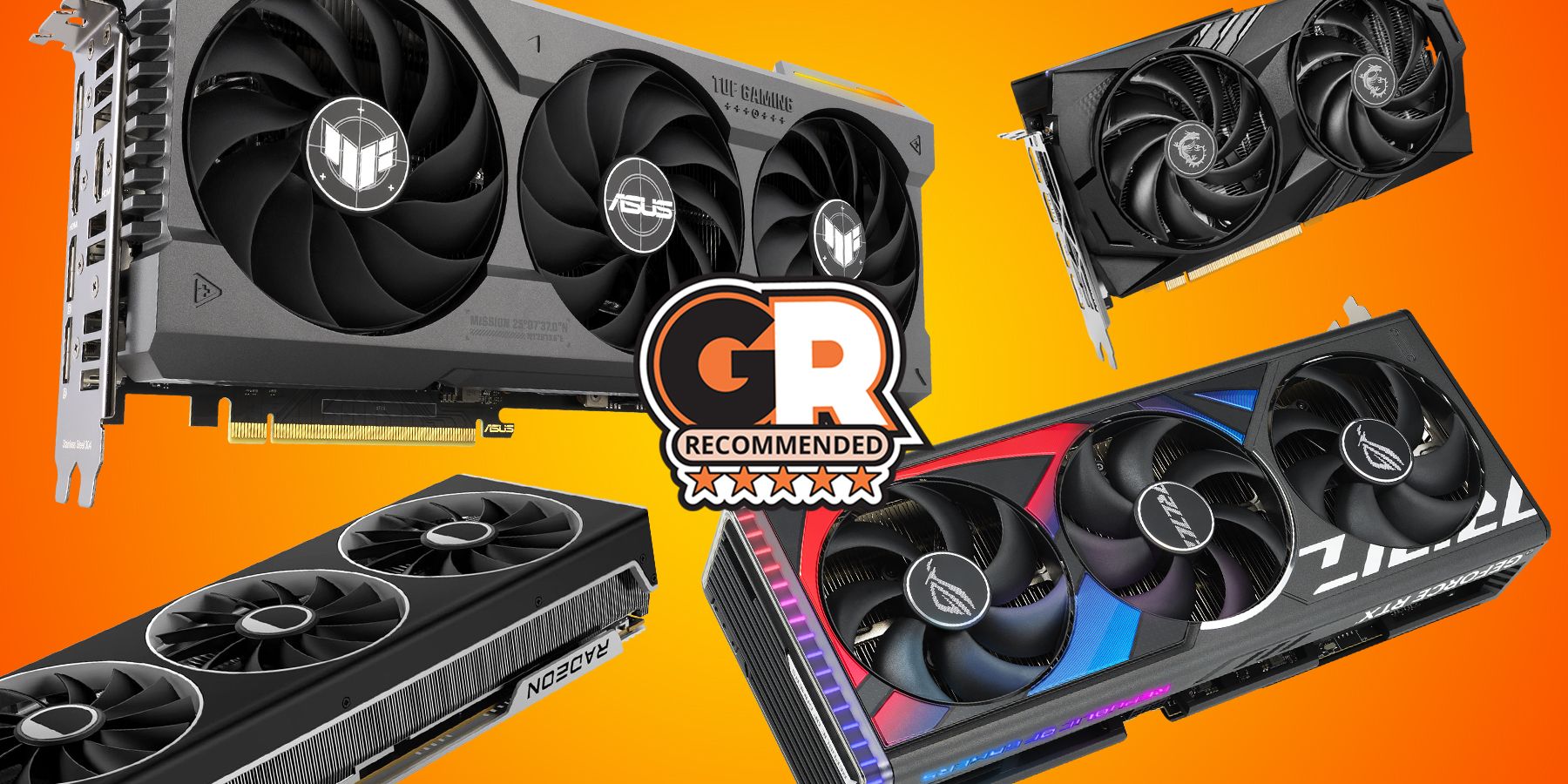
The Best GPUs For Gaming On The AMD Ryzen 7800X3D
AMD Ryzen 7800X3D Is the fastest gaming CPU on offer for gamers to date. Here are some of the best GPUs that you can pair to get the most out of it.
The RX 7900 GRE is equipped with 4GB more VRAM compared to the RTX 4070 Super. It uses GDDR6 instead of the GDDR6X memory present on the latter. Nonetheless, the RX 7900 GRE is able to achieve around 15% higher memory bandwidth than the Nvidia card. Theoretically, this would mean somewhat better performance on higher resolutions on titles that require a lot of VRAM for processing the textures and other graphical assets.
Lastly, the RX 7900 GRE seems to be a bit more power-hungry with 260W of default TDP, consuming 40W more compared to the RTX 4070 Super. This, again, is just a theoretical number on the paper, but we will see how much power each of these GPUs consumes in one of the following sections.
Performance
This is where we see what both GPUs are capable of. The benchmarks for both are available all over the internet and if you closely analyze them, it seems that there isn't much of a difference between the two when it comes to rasterization performance. Raster performance is what matters the most for most people, as it is how the strength of a GPU can be measured and compared directly with another GPU. This should come without ray tracing or any upscaling process in the play.
Rasterization
In several games, the RX 7900 GRE provides a noticeable bump in performance, while in several others the RTX 4070 Super looks superior by a similar margin. In the end, when tested at 1080p resolution, the RX 7900 GRE and the RTX 4070 Super are equivalent, with some of the games working better on one or the other. Some of the games that work the best on the RX 7900 GRE include F1 23, Hitman 3, Alan Wake 2, and some other titles that are known to work better with AMD GPUs. On the other hand, games like Starfield, Horizon Forbidden West, and Fortnite favor the 4070 Super.
At 1440p, the story is repeated once again, but this time it's possible to see the 7900 GRE winning by a small margin. However, the difference is generally so small that it can be counted as a margin of error. Both GPUs convincingly provide way over 100 fps at 1080p resolution and 60 fps at 1440p resolution. Less intensive games and esports titles easily reach triple digits at 1440p, even on the highest settings.
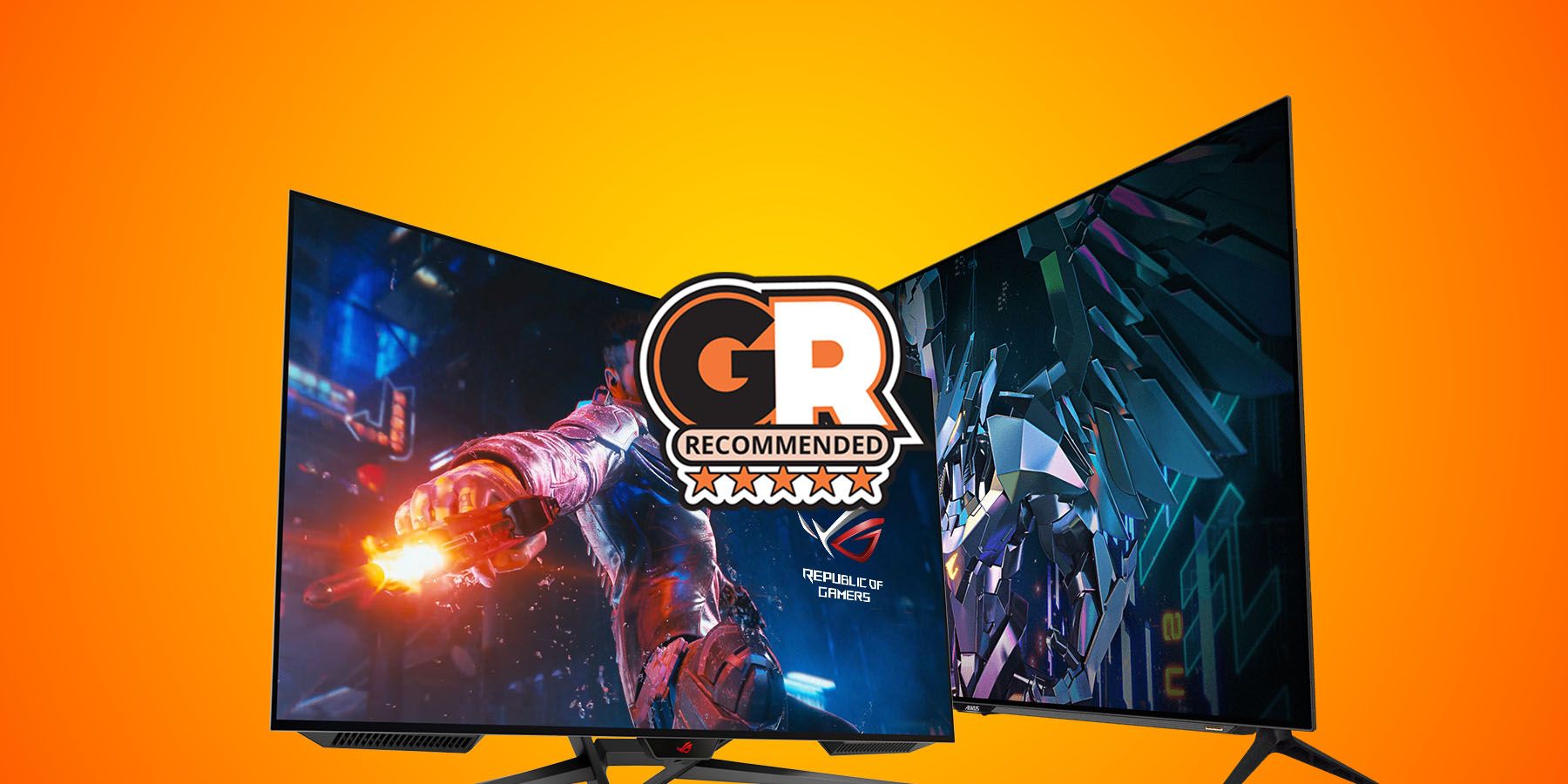
The Best 4K OLED Gaming Monitors in 2024
Finding an OLED monitor for 4K gaming is not easy thanks to limited options. Fortunately, Game ZXC has compiled some of the best out there.
At 4K, the performance definitely is not going to be as smooth as on the lower resolutions, with some games struggling to reach 60 fps, such as The Last of Us Part 1, Horizon Forbidden West, Starfield, and some other intensive titles, especially when upscaling tech is disabled. However, what we can see is that the RX 7900 GRE takes a small lead over the 4070 Super at 4K resolution in the majority of games, which could be the result of higher memory bandwidth, or be just because some games may require more than 12GB of VRAM at such a high resolution.
With Upscaling Techniques
Once the upscaling techniques, like DLSS and FSR are turned on, things go in favor of the Nvidia GPU. Expect the RTX 4070 Super to outperform the RX 7900 GRE by around a 3-7% margin on all resolutions. It should also be kept in mind that DLSS is superior to FSR in most games, delivering better stability in the picture quality and higher performance. This also helps greatly when the Ray Tracing is turned on.
Ray Tracing
Despite going neck-and-neck with Rasterization, the RX 7900 GRE doesn't seem too good at ray tracing performance. At this point, Nvidia GPUs are too mature for this and from the very first Turing-based series, the Nvidia GPUs have always swept the floor quite easily. The same goes for the RTX 4070 Super, which outperforms the RX 7900 GRE by a 13-15% margin on average, with some games getting as much as a 50% lead.
Fortunately for the RX 7900 GRE, the difference between the two starts to get smaller once the resolution is set to 1440p and 4K, with the latter maxing out at around 9-10% difference on average. This is without any upscaling process and when the DLSS/FSR is turned on, we once again see that the Nvidia GPU is performing a little better, now increasing the performance gap at 4K resolution.
All in all, expect the RTX 4070 Super to be approximately 10-15% faster than the RX 7900 GRE with ray tracing on, while at pure rasterization benchmarks, the 7900 GRE is 2-5% faster.
Power Consumption
When comparing the power consumption of GPUs, it's important not only to monitor how many watts each GPU consumes on average, but also how much performance per watt each GPU is able to deliver. If you have gone through the specs, it will be quite apparent that the RTX 4070 Super is a more power-efficient card, consuming 40 watts less, theoretically.
The power consumption is also dependent on the load and may or may not reach the maximum total graphics power a GPU is rated at. Some games may not require more than 50-60% of GPU usage, while some games will require 90%+ GPU usage consistently. This is why it's important to let the GPUs run at 100% via a stress test to measure the correct power consumption, apart from testing them in video games.
On idle, both the GPUs consume somewhat equivalent power, but with a multi-monitor setup, the RTX 4070 Super is twice as power-efficient as the RX 7900 GRE. The difference isn't going to be a deal-breaker if you are doing casual work on a multi-monitor setup, but regardless, the 4070 Super clearly scores a win here.

The Best PSUs For Your Gaming PC in 2024
A gaming PC needs a quality PSU now more than ever thanks to power-hungry CPUs and GPUs. Here are Game ZXC's picks for the best PSUs for gaming PCs.
In gaming, the theoretical numbers do translate quite well in real benchmarks, where the RX 7900 GRE consumes somewhat 40-50 watts more than the RTX 4070. Depending on the GPU edition, both GPUs can exceed their official TDP numbers at full load if they are loaded 100%. Still, the power consumption difference remains between 40 and 50 watts, making the 4070 an overall winner.
Now comparing the performance of both GPUs, taking into account how much power they consume during rasterization, the RTX 4070 provides more performance per watt, which significantly increases with ray tracing. However, we will see how this goes when we consider the official prices of both GPUs in the next section.
Pricing
This is where things get interesting. Until now, it's been clear which one excels in each area, but when the pricing comes into play, the competition between the two becomes more intense. The RTX 4070 Super was launched at a price of $600 USD, while the RX 7900 GRE is at $550. There is just a $50 price gap between the two, and if we only consider the raster performance, the RX 7900 GRE wins convincingly over the RTX 4070 Super.
On the other hand, the RTX 4070 Super is straightaway a better choice, even with a $50 price increase, if you want to take advantage of its ray tracing capabilities and power-efficiency. The price-to-performance ratio, however, also depends on the edition you are considering buying, but if we keep the comparison strictly to the reference editions, both are quite decent for high-end gaming.
Conclusion
It can be easily said that both of these GPUs are equivalently good as far as gaming performance, but the truth is that each graphics card is a little better than the other depending on what exactly users are aiming to accomplish. The RTX 4070 Super looks like a better choice if you care about power consumption and Ray Tracing. With up to 15% higher performance in Ray Tracing, higher frame rates per watt, and equivalent raster performance at 1080p and 1440p, the 4070 Super takes the win here.
That said, the RX 7900 GRE seems to be the winner if you are trying to get the highest possible raster performance per dollar spent. At 4K, the value is even better. Also, considering that not every game supports Ray Tracing, the 7900 GRE is a more favorable choice if you don't mind the extra power usage.
FAQ
Q: Can RTX 4070 Super and RX 7900 GRE play games at 60 fps?
Yes, in fact both of them can provide over 100 fps at 1080p resolution in the majority of games on the highest presets. Both GPUs are capable of playing games at 60 fps at 4k if some settings are compromised.
Q: Is Nvidia better than AMD in driver support?
Overall, the Nvidia GPU drivers are more stable and provide better optimizations than AMD drivers. However, AMD drivers too have matured over the past years and don't disappoint either.
Q: DLSS vs FSR: Which is better?
DLSS is a matured upscaling technique and provides better visual quality and performance overall. However, FSR works on more GPUs than DLSS.

